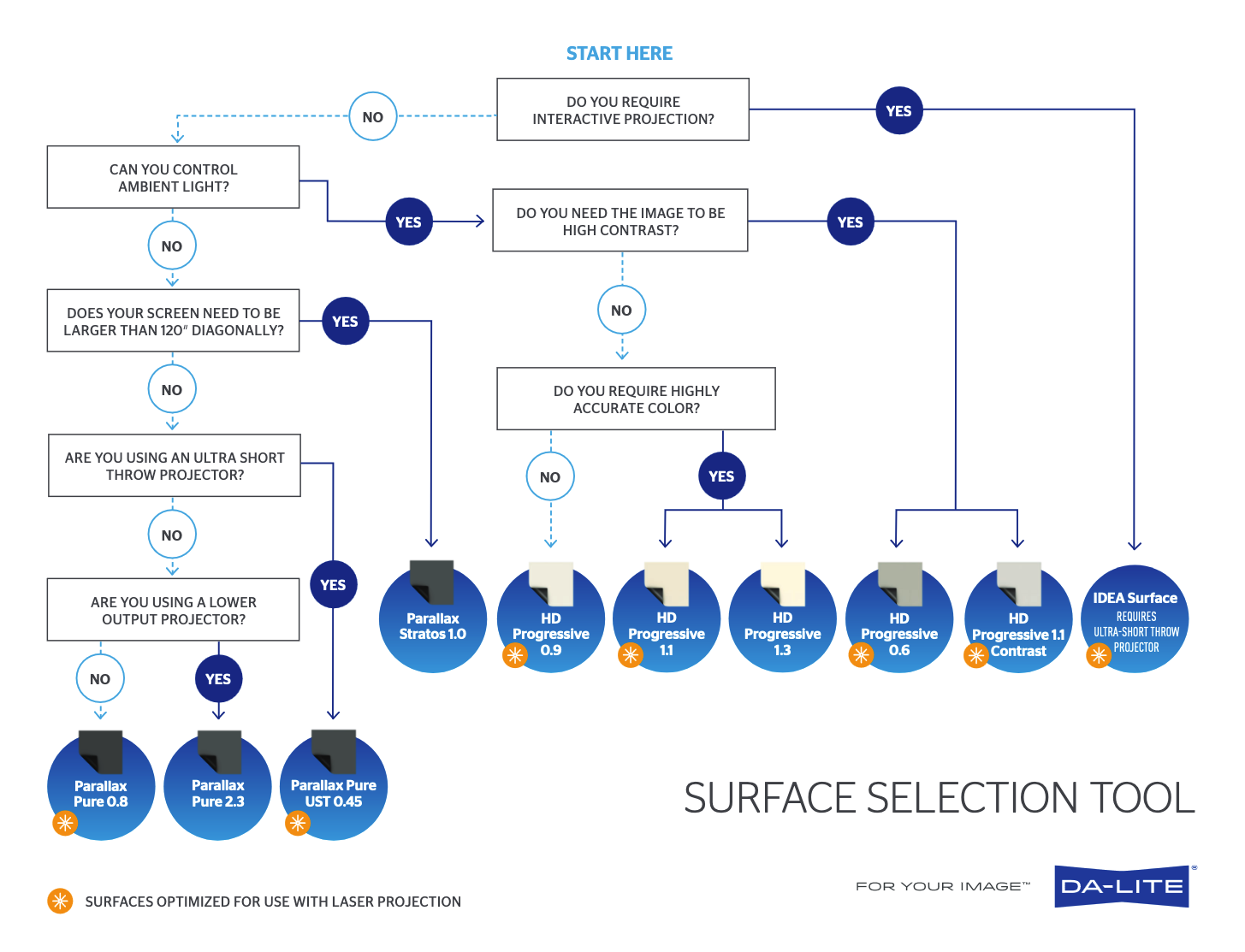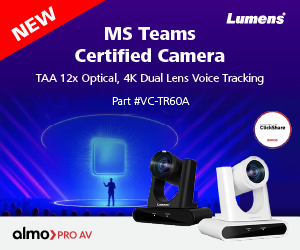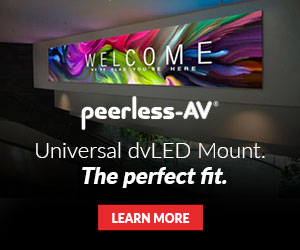Behind the Panel: Cables, Cables, Everywhere!!
We are going to start today with a trip down memory lane… 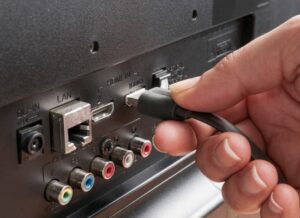 You have just picked out a gorgeous new HD Television at one of the “Big Box” stores. You are super excited, because “Real Housewives of Buffalo” is premiering season 4 later that day, and you cannot imagine how fantastic it will look in your living room. Then the sales associate that helped you pick that display out asks you if you need a high-end HDMI cable to go with that display. He goes on to tell you that it will “enhance the viewing experience” and “provide better quality audio” for you. Do you spend the $75 for that cable? Or is the $10 one available on that XYZ website going to do the trick? Now, for you and your latest reality series, it may not make much of a difference, but when you are in the world of Pro AV, it can be all the difference in the world.
You have just picked out a gorgeous new HD Television at one of the “Big Box” stores. You are super excited, because “Real Housewives of Buffalo” is premiering season 4 later that day, and you cannot imagine how fantastic it will look in your living room. Then the sales associate that helped you pick that display out asks you if you need a high-end HDMI cable to go with that display. He goes on to tell you that it will “enhance the viewing experience” and “provide better quality audio” for you. Do you spend the $75 for that cable? Or is the $10 one available on that XYZ website going to do the trick? Now, for you and your latest reality series, it may not make much of a difference, but when you are in the world of Pro AV, it can be all the difference in the world.
When it comes to setting up an audio or video system, choosing the right cables is crucial. While it may be tempting to opt for cheaper imports or consumer cables, investing in professional audio and video cables can make all the difference in terms of performance, durability, and reliability. Let’s look at the benefits of using professional audio video cables instead of cheaper online options.
 This translates into clear, high-quality audio and video output, which is essential for professional applications such as recording studios, live performances, and broadcasting. Whether you are setting up a live event like a concert, installing a conference room solution with high end UC equipment, or setting up a classroom or auditorium in the education space, investing in the higher quality product will help ensure the best performance. In comparison, cheaper cables may not be designed to the same high standards as professional cables. These cables may have lower quality materials and construction, which can result in signal loss, noise, or interference. This can lead to poor audio and video quality, which is unacceptable in professional settings. If performance is key, then you absolutely need Pro-quality cables here.
This translates into clear, high-quality audio and video output, which is essential for professional applications such as recording studios, live performances, and broadcasting. Whether you are setting up a live event like a concert, installing a conference room solution with high end UC equipment, or setting up a classroom or auditorium in the education space, investing in the higher quality product will help ensure the best performance. In comparison, cheaper cables may not be designed to the same high standards as professional cables. These cables may have lower quality materials and construction, which can result in signal loss, noise, or interference. This can lead to poor audio and video quality, which is unacceptable in professional settings. If performance is key, then you absolutely need Pro-quality cables here.Another benefit of using professional audio and video cables is their durability. Professional cables are built to withstand the rigors of frequent use and transport, with features such as reinforced connectors, strain relief, and shielding. This makes them more resistant to wear and tear, and less likely to break or fail during use. In contrast, cheaper imports or consumer cables may not be built to the same standards of durability. These cables may have weaker connectors, thinner insulation, or less shielding, which can make them more susceptible to damage or failure.  This can result in frequent replacements and downtime, which can be costly and disruptive. Think of the time and money spent having technicians deployed just to replace cables, because they were cheaper at the outset. Those savings up front are costing you more down the road. What a huge waste! You absolutely cannot have an inferior connection break in the middle of a live performance or important video conference, which could have catastrophic effects on your business. Did you know that C2G offers a Limited lifetime warranty on all cable assemblies? They do, and that is just one of the many reasons we are excited to have them as a partner.
This can result in frequent replacements and downtime, which can be costly and disruptive. Think of the time and money spent having technicians deployed just to replace cables, because they were cheaper at the outset. Those savings up front are costing you more down the road. What a huge waste! You absolutely cannot have an inferior connection break in the middle of a live performance or important video conference, which could have catastrophic effects on your business. Did you know that C2G offers a Limited lifetime warranty on all cable assemblies? They do, and that is just one of the many reasons we are excited to have them as a partner.
 Luckily, C2G has that covered as well. Take a look at their latest and greatest: the Performance Series, 100% tested at the production line to make sure it meets standards, highest standard rating required for in-wall installation, and many other key features.
Luckily, C2G has that covered as well. Take a look at their latest and greatest: the Performance Series, 100% tested at the production line to make sure it meets standards, highest standard rating required for in-wall installation, and many other key features.
I get it, we are talking about cables here, and I know it is not the forefront in technology, or the flashiest thing you will see at Infocomm – but without quality cabling throughout your AV install, all that equipment cannot run to its highest potential. Investing in professional audio and video cables is a wise choice for anyone who wants to achieve optimal performance, durability, and reliability from their audio and video systems. While less expensive or consumer cables may seem like an attractive option, they simply cannot match those results from professional cables. If you want pro results, you must use pro products. That is it for me, until next time we go Behind the Panel!!

Patrick Booth | CTS, DSCE
Business Development Manager
Supported Manufacturers: Legrand AV (SW, W, NW) – Chief, C2G, Da-Lite, Luxul, Middle Atlantic, Vaddio, Wiremold

 It is almost strange now if you come across a public display or kiosk and it is not touch enabled. In fact, I recently attempted to interact with a display kiosk, in a hotel lobby, only to find it was not a touch screen. As younger people that were raised with a touch device in their hands come of age, the expectation for interactive devices is higher than ever. We’ve also seen a shift in many areas to a self-service model, for better or for worse, and each will have their own opinion about it, but it is the reality. For example, when was the last time you actually dealt with an agent to check into an airline flight? It is now commonplace to check-in, receive your boarding pass, and receive your luggage tag all without human interaction.
It is almost strange now if you come across a public display or kiosk and it is not touch enabled. In fact, I recently attempted to interact with a display kiosk, in a hotel lobby, only to find it was not a touch screen. As younger people that were raised with a touch device in their hands come of age, the expectation for interactive devices is higher than ever. We’ve also seen a shift in many areas to a self-service model, for better or for worse, and each will have their own opinion about it, but it is the reality. For example, when was the last time you actually dealt with an agent to check into an airline flight? It is now commonplace to check-in, receive your boarding pass, and receive your luggage tag all without human interaction. To enhance our offering of touchscreen technology,
To enhance our offering of touchscreen technology, 

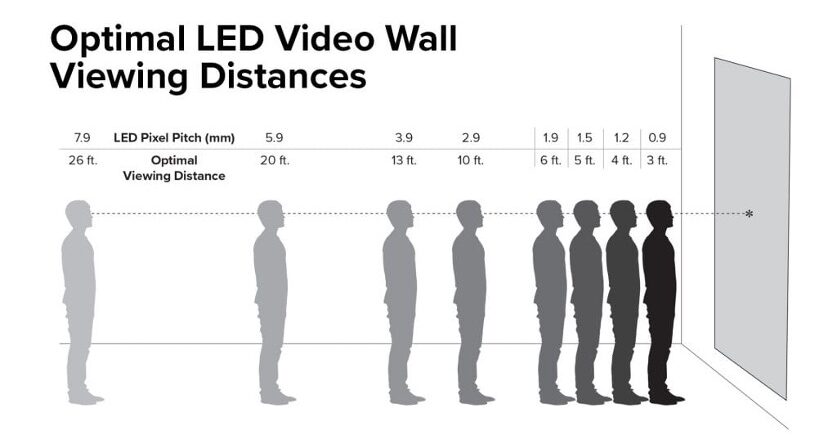


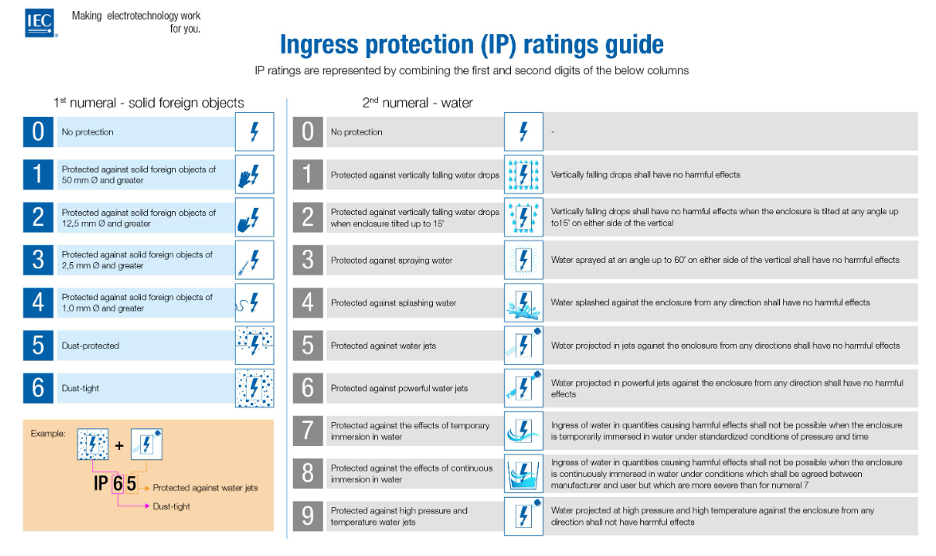
 Outdoor installations have progressed from your run-of-the-mill bank clocks with time and temperature to complex direct view LED displays that are truly immersive. Keeping the viewer immersed, and not the hardware, is a key to the success and longevity of any outdoor AV project. When your electronics are exposed to the elements, you will always have some degree of risk involved. Using the IP ratings, along with the manufacturer’s suggested usage and accessories, will allow you to minimize risk for your projects and customers. Be certain to read the warranty as well to ensure you are not doing anything that might void or shorten your warranty period.
Outdoor installations have progressed from your run-of-the-mill bank clocks with time and temperature to complex direct view LED displays that are truly immersive. Keeping the viewer immersed, and not the hardware, is a key to the success and longevity of any outdoor AV project. When your electronics are exposed to the elements, you will always have some degree of risk involved. Using the IP ratings, along with the manufacturer’s suggested usage and accessories, will allow you to minimize risk for your projects and customers. Be certain to read the warranty as well to ensure you are not doing anything that might void or shorten your warranty period. Outdoor displays can range from a standard TV in an enclosure designed to be outdoors, all the way up to massive dvLEDs that you might see in Las Vegas or Times Square. Whatever your needs,
Outdoor displays can range from a standard TV in an enclosure designed to be outdoors, all the way up to massive dvLEDs that you might see in Las Vegas or Times Square. Whatever your needs, 
 Wall-Mounted Racks – There a few different uses here. Mainly, if you have smaller rack need…something like 8-10 RUs….it may be easier to access the gear for use or service by having it hanging off of the wall at eye level. Bending down or kneeling to get to the gear can be an unwanted nuisance, especially if the gear is being accessed routinely. Additionally, maybe you want to keep the gear away from small people with bad intentions – kids. Wall-mounted racks are used in classroom applications. Also, simply having the rack secured to the wall can save space in some locations and may help keep a cluttered closet a little more organized.
Wall-Mounted Racks – There a few different uses here. Mainly, if you have smaller rack need…something like 8-10 RUs….it may be easier to access the gear for use or service by having it hanging off of the wall at eye level. Bending down or kneeling to get to the gear can be an unwanted nuisance, especially if the gear is being accessed routinely. Additionally, maybe you want to keep the gear away from small people with bad intentions – kids. Wall-mounted racks are used in classroom applications. Also, simply having the rack secured to the wall can save space in some locations and may help keep a cluttered closet a little more organized.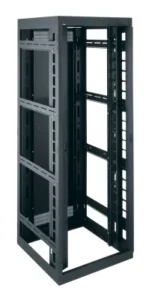 2-Post Racks vs 4-Post Racks – Generally speaking, in AV applications, you won’t commonly use 2-posts racks. These are typically used in network-based applications with thinner patch panels and lots of wire management needs. 4-post racks are sturdier and can handle heavier AV gear like your amplifiers, DSPs, Mixers etc. Also, 4-posts racks can be more easily built into larger cabinets, which gives them additional options that may improve your system. Speaking of which…
2-Post Racks vs 4-Post Racks – Generally speaking, in AV applications, you won’t commonly use 2-posts racks. These are typically used in network-based applications with thinner patch panels and lots of wire management needs. 4-post racks are sturdier and can handle heavier AV gear like your amplifiers, DSPs, Mixers etc. Also, 4-posts racks can be more easily built into larger cabinets, which gives them additional options that may improve your system. Speaking of which…

